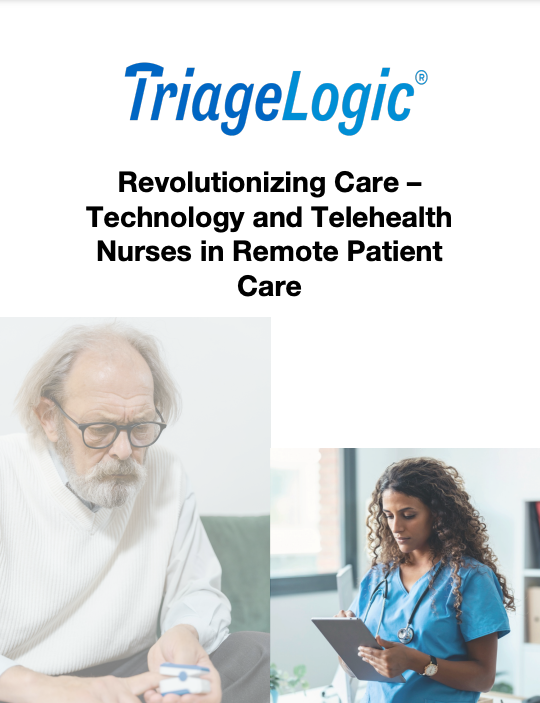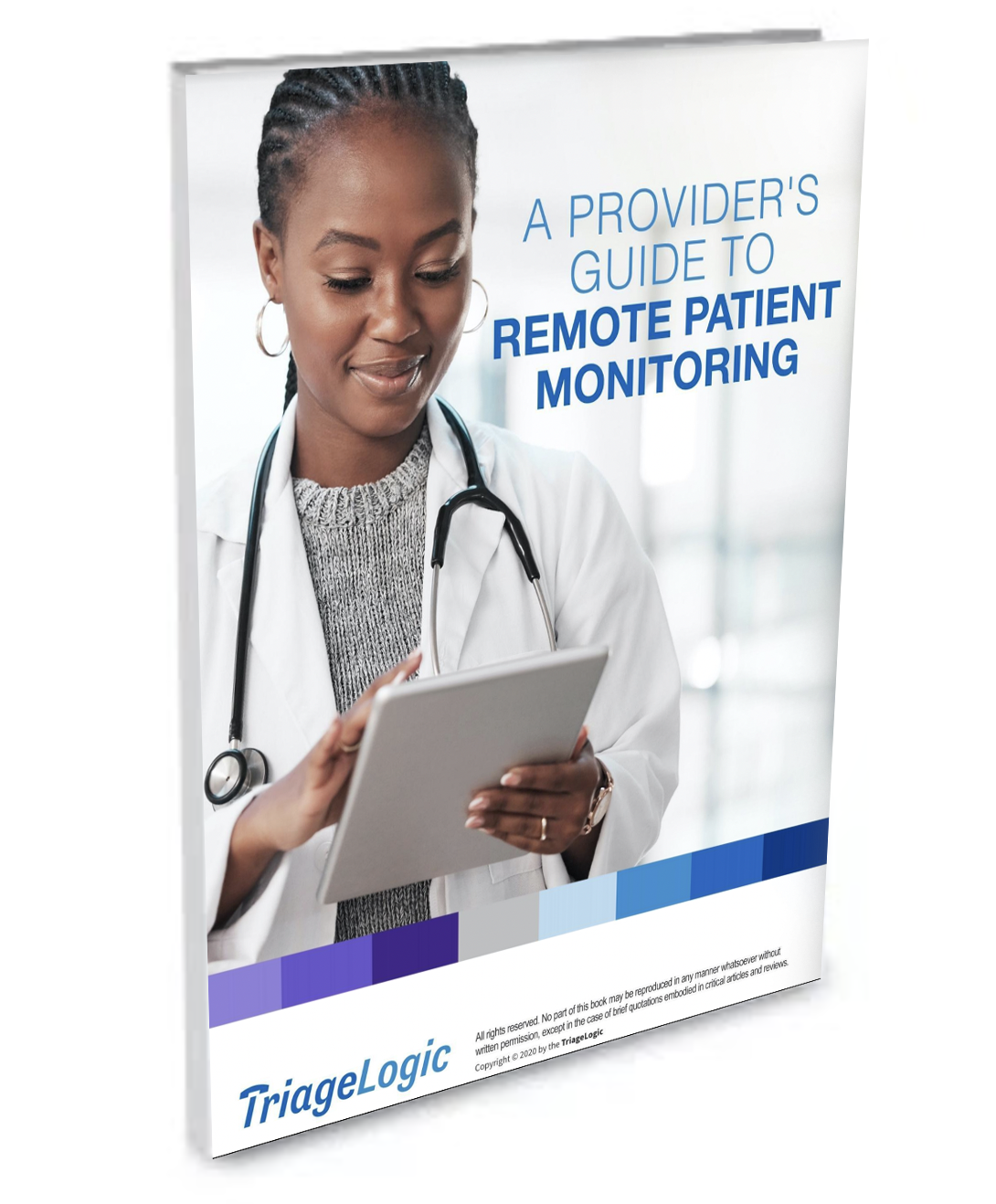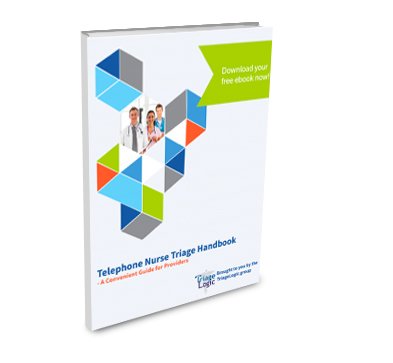Remote patient monitoring is part of a new era of medical technology. In the wake of the COVID-19 pandemic, remote services and technology have been shown to be extremely valuable to patients, doctors, and healthcare organizations. Remote patient care typically means providing assistance to patients over the phone. Remote patient monitoring (RPM) takes care one step further and helps doctors collect and evaluate data from patients regularly using an electronic medical device.
RPM is starting to gain traction by many in the medical field because it improves patient care. Many of these devices are able to capture data that is not necessarily observed by the patient. As a result, providers are able to monitor important vitals and intervene before a patient even presents a concerning symptom. This cuts down on both morbidity and mortality while saving costs and decreasing Emergency Room (ED) visits. A recent article in the Center for Technology and Aging asserts that the healthcare industry “could reduce its costs by nearly $200 billion during the next 25 years if remote monitoring tools were used routinely in cases of congestive heart failure, diabetes, chronic obstructive pulmonary disease (COPD), and chronic wounds or skin ulcers.”
There are many questions for providers and hospitals to ask themselves as new technology continues to become available. Technology is an investment and changes to existing systems require effort. Is remote patient monitoring worth it, and will it soon be the standard of care for chronically ill patients? What are some requirements to consider while setting up a RPM program?
Which Patients Benefit Most from RPM?
According to the CDC, six in ten Americans have a chronic condition such as heart disease, lung disease, or diabetes. Four in ten have two or more chronic conditions. These chronic patients help make up more than eighty five percent of the 3.5 trillion dollars in health care costs across the nation annually, and are responsible for eighty percent of all hospital admissions. It costs 3.5 times more money to treat chronically ill patients than those without these conditions, and they make up many of the leading causes of death in Americans.
RPM is especially effective for these types of patients. Continuous management of chronic conditions is burdensome in traditional office or clinic settings. Patients bring in notebooks or phone apps filled with notes, self-assessments, and symptoms. The onus is on the patient, and the reliability of that data is put into the hands of individuals, which can result in inconsistent or partially inaccurate data. RPM takes this burden off of patients and relies on accurate, consistent technology. It also allows providers to measure additional important vitals and to receive the information daily.
Chronic health patients have been on the rise and solutions to help treat these patients in an effective and economical way are needed. RPM is helping to meet these needs.
How RPM Helps Manage Chronic Care Costs
A study published by the National institute of Health in 2016 by doctors Usha Sambamoorthi, Xi Tan, and Arijita Deb states that “The presence of MCC [multiple chronic conditions] has profound healthcare utilization and cost implications for public and private insurance payers, individuals, and families.”
These conditions require detailed, comprehensive care that can prove challenging. RPM allows for nurses and doctors to have access to health information of a patient in real time, and makes it possible for clinicians to issue health orders that can curb unnecessary emergency department visits by reacting to changes seen from a patient’s monitoring device.
It also gives doctors more access to their patients and creates opportunity for early education in patient behavior and an overview of patient participation in their treatment plan. Doctors can get a look into a patients’ activity and use nurses for check-ins to encourage the patient to comply with health orders. It gives doctors the power to give quality care outside of clinical settings and increases health outcomes. RPM gives doctors the information they need on a timely basis, which allows for swift intervention for high-risk patients.
Benefits to Providers
One concern for doctors when implementing RPM is the possibility of an increased workload, with doctors having to monitor patients regularly even when the patient is not receiving direct care. Doctor burn-out is common, and it’s alleviation has its own value. An Ernst and Young’s 2018 survey on digital health showed that almost sixty five percent of physicians believe that “technology that captures consumer-generated data will reduce the burden on doctors and nurses specifically.”
However, there are solutions for providers to cut down on their work while providing better patient care through RPM. First, most monitoring devices have their technology programmed so that the provider is informed when there are anomalies or potential patient problems. Second, doctors can also use an outside remote nurse service to monitor the data coming from the devices. An efficient RPM company who provides this service can improve patient care while decreasing the workload on the physicians.
Industry Willingness to Implement RPM
According to a Spyglass Consulting Group report in 2019, at least eighty eight percent of healthcare organizations have an interest in investing in some form of remote patient monitoring technology in an effort to pivot to value-based care. Eighty nine percent of practices surveyed in Spyglasses’ report say that they are actively drafting strategies to get patients to take an active, continuous role in managing their chronic health issues. RPM as a prong to this strategy gives a continuous link between patient and doctor and supports these kinds of initiatives.
Health insurance companies have shown an interest as well. Back in 2019 the Centers for Medicare & Medicaid Services proposed several amendments designed to increase remote patient monitoring programs by improving reimbursements. Some of these amendments include reimbursements for RPM setup and patient education, which is a big incentive to providers who are thinking of implementing this new technology. Revisions to who is allowed to monitor these devices have also been made. Allowances have been made to allow registered nurses (RNs) or medical assistants to do the bulk of the monitoring, freeing up physicians and nurse practitioners (NPs).
Conclusion
Remote patient monitoring offers a way for practices, hospitals, and health insurance companies to lower their costs, deliver continuous quality care, and alleviate doctor workloads. As we move forward, the value of remote patient monitoring will continue to be discovered by health care organizations and implemented into care plans for the chronically ill.
If you have any questions on how to implement remote monitoring for your patients, contact TriageLogic at info@triagelogic.com. For more information on remote patient monitoring, click here.






